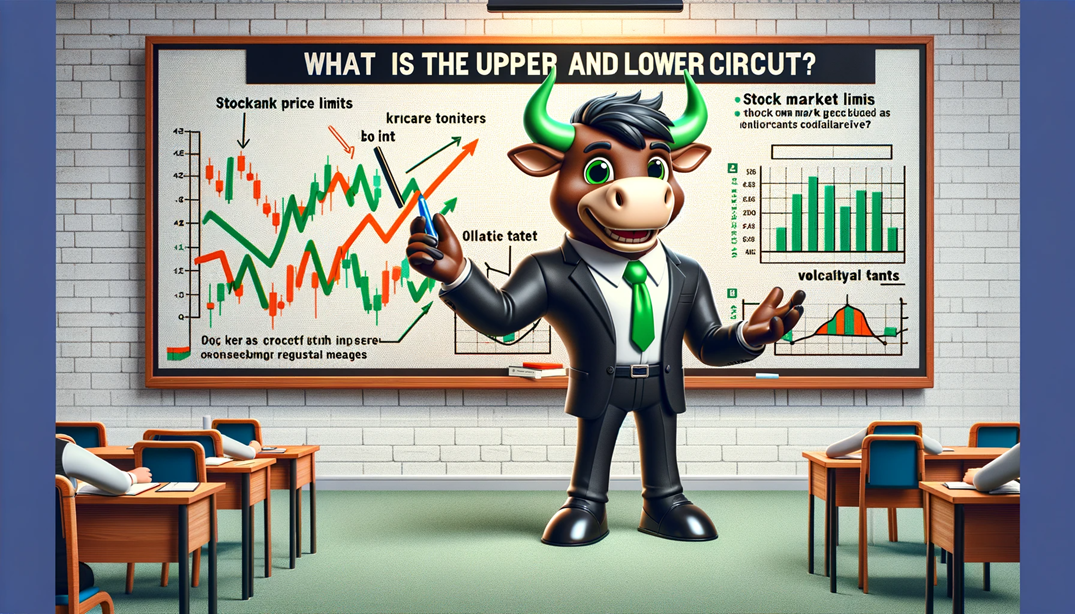What is the Upper and Lower Circuit for stocks?
- Feb, 2024
- By SmartBulls Team

What is the Upper and Lower Circuit for stocks?
In the realm of stock trading, upper and lower circuits represent crucial mechanisms imposed by stock exchanges to regulate price movements and maintain market stability. These circuit limits serve as safeguards against excessive volatility and aim to protect investors from sudden and drastic price fluctuations within a trading session.
What is the upper circuit?
The upper circuit refers to the maximum price limit set by the exchange, beyond which the price of a stock cannot rise during a trading session. When a stock hits the upper circuit, trading in that particular stock is temporarily halted, and no further buy orders can be executed. This restriction prevents speculative buying and manipulative trading practices, ensuring fair and orderly market conditions.
What is the lower circuit?
Conversely, the lower circuit represents the minimum price threshold set by the exchange, below which the price of a stock cannot fall during a trading session. When a stock reaches the lower circuit, trading in that particular stock is temporarily suspended, and no further sell orders can be placed. This safeguard mitigates excessive selling pressure and panic selling, maintaining investor confidence and market stability.
Determination of Circuit Limits
The circuit limits for individual stocks are determined by the stock exchanges and are typically expressed as a percentage above or below the previous day's closing price. These limits are dynamic and may vary for different stocks based on their historical volatility and trading characteristics. Additionally, exchanges may adjust or revise circuit limits in response to market conditions, regulatory requirements, or extraordinary events.
Let's consider an example to illustrate how circuit limits work:
This means that during a trading session, the price of Stock A cannot rise above Rs. 110 OR fall below Rs. 90. Even in the event of unexpected corporate announcements or market developments, the price will remain within this predetermined range.
The circuit limits for individual stocks are determined by the stock exchanges and may vary for different stocks. These limits are usually expressed as a percentage above or below the previous day's closing price. The circuit limits can be adjusted or revised by the exchanges based on market conditions and regulatory requirements.
Importance and Implications
While circuit limits play a crucial role in maintaining market stability and protecting investors from extreme price movements, they can also have certain implications. On one hand, these limits prevent market manipulation and ensure a level playing field for all participants. On the other hand, they may restrict liquidity and limit trading opportunities, especially during periods of heightened volatility or significant news events.
In summary, upper and lower circuit limits serve as essential mechanisms in stock trading, regulating price movements and safeguarding market integrity. By imposing these limits, exchanges aim to foster a fair, transparent, and orderly trading environment, ultimately enhancing investor confidence and market efficiency. However, it's essential for traders and investors to understand the implications of circuit limits and adapt their trading strategies accordingly to navigate dynamic market conditions effectively.
